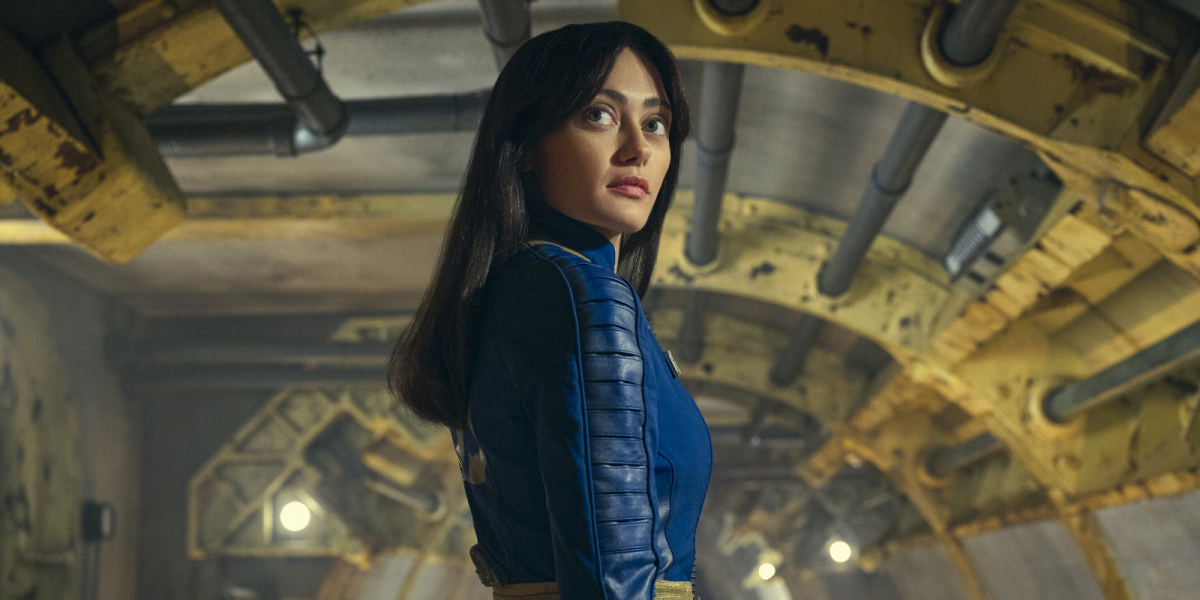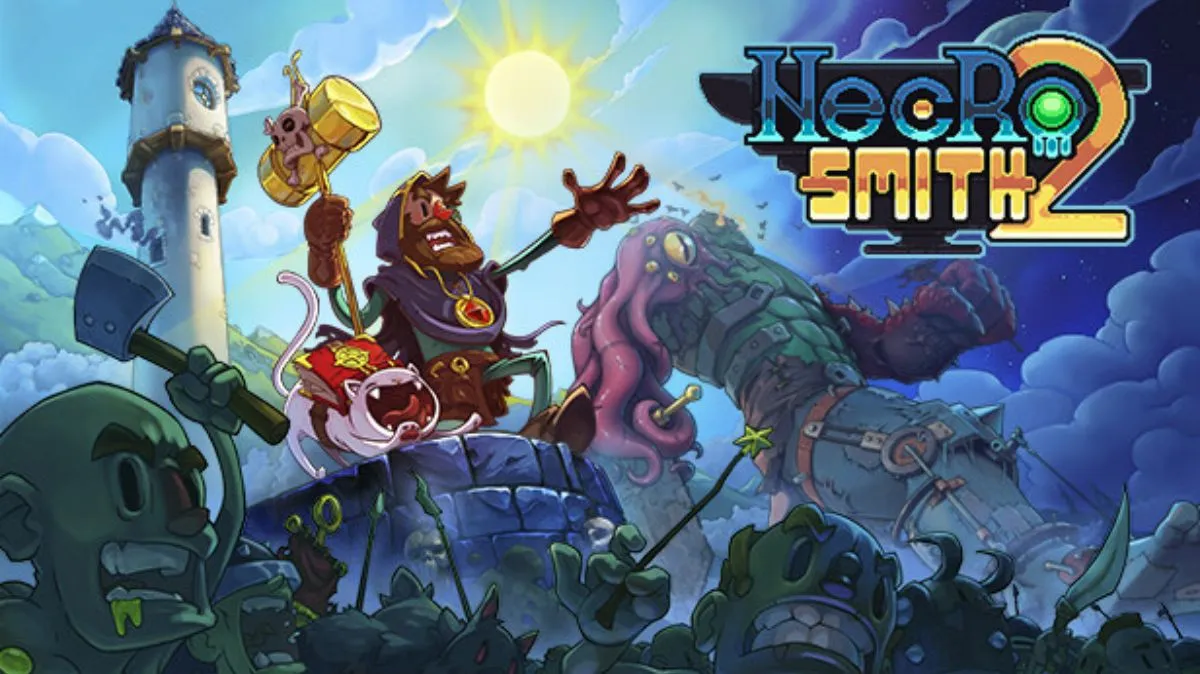
In the aftermath of Crysis‘s launch, many players realized that its allegedly hardware-melting system requirements weren’t as devastating as initially advertised. Many of those who took the plunge found developer Crytek’s engine quite scalable, delivering great visuals while retaining a reasonable level of performance. As a result, a great first-person shooter ended up somewhat underappreciated due to all its obnoxious boasting.Ten months later, Crysis Warhead has managed to deliver a more refined game experience, though some of Crysis‘ flaws remain to haunt veterans.
In Warhead, the player steps into the rather flattering nano-suit of Raptor Team’s Sergeant “Psycho” Sykes, a comrade of the previous game’s protagonist, “Nomad.” Starting at roughly the halfway point of the original and running parallel to its story, Psycho spends most of his time on the other side of the island, helping U.S. Forces battle the North Korean People’s Army (KPA), eventually pursuing the dastardly Colonel Lee as he attempts to capture a strange piece of alien hardware. And as befitting of an expansion pack with further sequels on the docket, Warhead ends with more questions than answers, which will undoubtedly be addressed in coming portions of Crytek’s planned trilogy.
Given that Warhead‘s engine optimizations are a key selling point, it’s important to regard technical performance. Running the game on my personal rig, which handled the original on “High” settings at a playable frame rate of 20-25fps I didn’t detect any particular improvements in Warhead‘s performance over Crysis. Perhaps this is due to my machine not meeting the specs for which Warhead was optimized, but in the end I played the game on “Gamer” settings without much trouble besides some draw-in at the level beginnings and large drops during the chase sequences..
Warhead‘s single-player campaign is superior in almost every way to Crysis‘. Pyscho’s Jason Statham-esque performance drips with personality, both in cutscenes and radio interaction with friend and Raptor Team washout Sean O’Neill. During the campaign he also gets to hook up with a team of fellow nano-suited soldiers, see (and participate in) frequent engagements between KPA troops and alien forces, and, most importantly, not have to bounce around in a boring alien spaceship. All in all, Psycho had a lot more fun on the island than poor Nomad.
Each encounter is loaded with enemies and opportunities to vary tactics and approaches. Warhead‘s prime gimmick is, of course, the nano-suit, a special uniform that grants its user a variety of superpowers, including rapid Speed Mode dashing, Strength Mode-assisted high jumps, and an infinitely useful invisibility cloak. The superpowers really do give a feeling of omnipotence and great tactical freedom, and thankfully the game’s level design allows for ample opportunity to explore that. You can use Strength mode to clamber to a high sniping spot atop a normally inaccessible roof, use Speed mode to dodge an alien’s beam attack, or switch on your Cloak to sneak up behind an unsuspecting guard, grab him by the neck, and fling him off a cliff. That last bit never gets old.

It seems Crytek Budapest took note of the original’s single-player flaws, and the campaign features many base infiltrations, which were easily the strongest parts of Crysis. Warhead is more linear in progression, trading scope and length (the end comes around the 6-7 hour mark) for intensity. The tradeoff works, and while you don’t get the same “emergent” feeling of randomly stumbling over events, the game’s many set pieces allow you a variety of ways to tear your foes a new one. You’re never in danger of having to miss out on something or face a long trek through enemy-free territory, a common occurrence if you didn’t choose just the right route through the jungle in Crysis.
For example, a train you’re riding stops at the tracks, forcing you to activate a switch in a nearby camp to get it going. With O’Neill supporting you from a VTOL, you run up to the base, dashing by enemy fire in Speed Mode, then use Strength to jump over a nearby wall. Using the cloak, you drop a grenade in the middle of some pursuing soldiers, after which you sneak into the switch tower, grabbing a sniper rifle and dispatching the stragglers from on high. After the action subsides, a Speed Mode dash coupled with a Strength Mode jump gets you back onto the already-moving train. This sort of thing is what Crysis-style gameplay is all about, and really gets one believing the marketing slogan plastered on the back of the box, “Adapt. Engage. Survive.” Warhead builds upon and refines the kind of superhuman soldier experience that simply wasn’t present in FPS games before, which is what distinguishes the series from its peers.
Unfortunately, some of the old AI quirks and flaws in enemy design can limit your tactical freedom. To start, the typical KPA soldier is unnaturally tough. The fact that most foes can withstand half a magazine’s worth of bullets discourages frontal assault or close combat. Sniping at a distance while cloaked floats to the top as the most expedient set of tactics, and renders the Strength and Speed modes much less useful outside of running to the next cover (so you can cloak) or jumping to a higher sniper spot (where you can cloak again). Just like in Crysis, a nano-suited warrior is much more The Predator than The Terminator. That’s not necessarily a bad thing and it’s all still a hell of a lot of fun, but the fact that you may have to go out of your way to exercise certain approaches can a little limiting.
A little more frustration arises as enemies magically gain near-omniscience whenever they get behind a turret or into a vehicle, suddenly able to see you (and shoot at you) from hundreds of meters away, as long as you’re uncloaked and within line of sight. It makes many of the more inventive trap-setting strategies useless, such as using mines or remote explosives.
Thankfully, these disappointments are all minor, and don’t persist into the game’s multiplayer component, Crysis Wars. Treated as separate game, Crysis Wars supplements the franchise’s signature “Power Struggle” mode with team deathmatch and capture-the-flag. It really takes a human mind to make the best use of the nano-suit, and this is where the most inventive strategies pop up.
Bottom Line: Crysis Warhead makes Crysis look like the expansion pack, and is a tighter, more refined experience, emphasizing the series strengths and cutting out the original’s weaker points.
Verdict: If you’ve ever been curious about the series or enjoyed the game’s previous outing, there’s no reason not to take the plunge*. The expanded and rebalanced multiplayer and (presumed) performance optimizations seal the deal. It’s cheaper, to boot.
–by Joshua Tolentino (unangbangkay)



